Star Charts – A Guide to Exploring The Heavens! 🌃
Children and adults around the world love gazing at the heavens at night, so a long time ago astronomers came up with a map of the night skies called a Star Chart to help people identify and locate the constellations, stars, planets, nebula and even other galaxies! Star charts were often used sailors to navigate their routes across the oceans, for farmers, astronomers, but also just for people who are interested to learn and explore the night skies for the fun of it!
All You Need To Know To Understand And Use A Star Chart!
- If you want to find a particular constellation, star or planet in the night sky you’ll need a star chart which shows the night sky in your location at that particular time of the year (as the stars change depending on the time of the year as the Earth orbits the Sun).
- You will need to set up your chart not just for the month of the year, but also the time of night because as the Earth rotates the positions of the stars above change. This is because stars rise in the East and set in the West so their position changes from early evening (after sunset) to midnight to before dawn.
- Most star charts are designed to be used any time of year for either the Northern Hemisphere (those in the United States, UK, Europe and Asia) or the Southern Hemisphere (those of you in Africa, Australia, New Zealand and South America) as what you can see in the night sky is different. The great thing about that though is there’s a whole new sky to explore from the one you’re currently under!
- Star charts may seem confusing when you initially get one, but it won’t take you long to become an expert star chaser! Especially if you start with a simple star chart that shows just the constellations, but normally they will also show the locations of prominent stars, galaxies, nebulae and maybe even the planets.
- To start using the star chart, hold the chart above your head and orientate yourself so the ‘N’ on the chart is facing North and the ‘S’ is facing South. You’ll discover that east and west aren’t actually the wrong way around but correct when above your head. It’s ok, they’re designed to be used like this.
- Now when you’re looking at the star chart (when it’s still above your head) imagine the surface of the chart is the inside of an upside down bowl that stretches down to the horizon. The outer edge of the star chart becomes the horizon around you, so the stars overhead will be in the middle of your star chart (the middle of your imaginary bowl!).
- A useful star to orientate yourself with if you’re in the Northern Hemisphere is the bright star known as Polaris (or ‘Northern Star’) which should be high overhead as it is part of Ursa Minor which is one of several constellations that can be seen year-round in the Northern hemisphere.
- If you’re in the Southern hemisphere a great group of stars to help orientate yourself is the Southern Cross (which points towards the southern celestial pole) which is located along the beautiful Milky Way.
- Now that you know where you are and the constellations you’re looking at you can start to identify and name individual visible stars, nebula, galaxies and planets – there’s almost an infinite number of objects out there to discover!
Some of the most recognizable Stars and Constellations (can you find them?);
- Orion and his belt (and Orion’s supergiant stars Betelgeuse and Rigel).
- The Andromeda Galaxy located in the Andromeda Constellation – this is the most distant object in the night sky that can be viewed with the naked eye.
- The Teapot in the Sagittarius constellation.
- Can you see the Great Bear in the Ursa Major constellation?
- The Small and Large Magnetic clouds may look like clouds but they are actually near-by star clusters!
- Can you spot the Southern Cross?
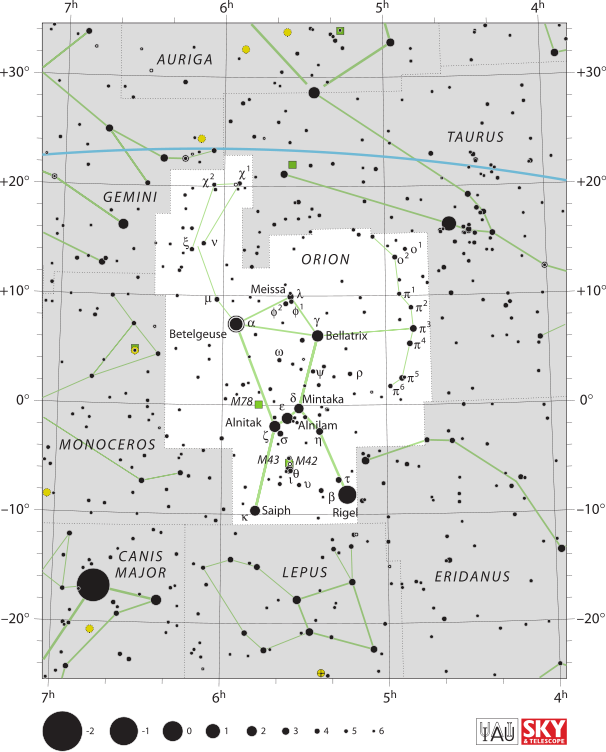
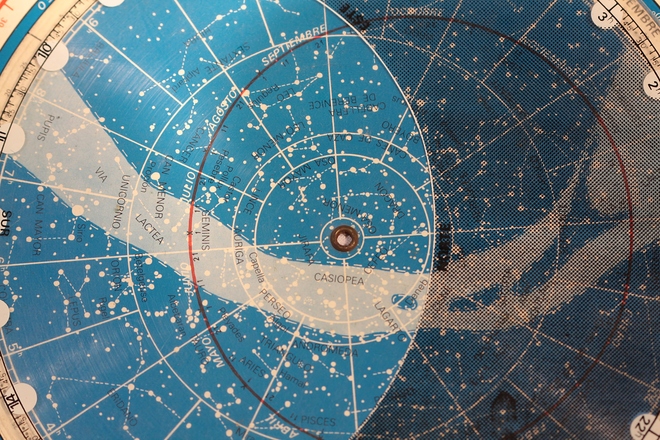
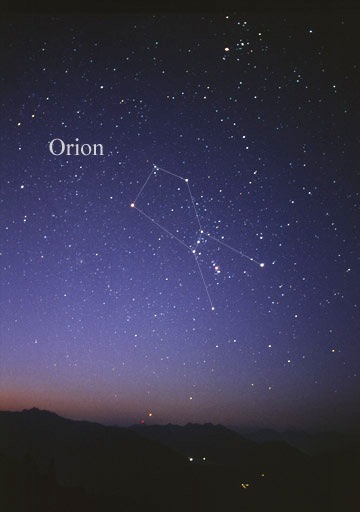
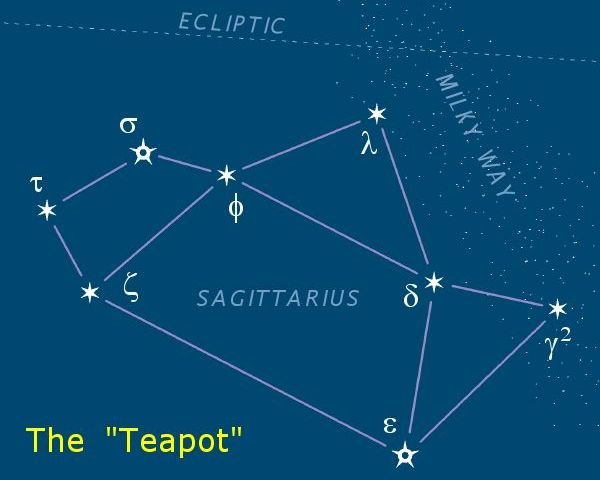
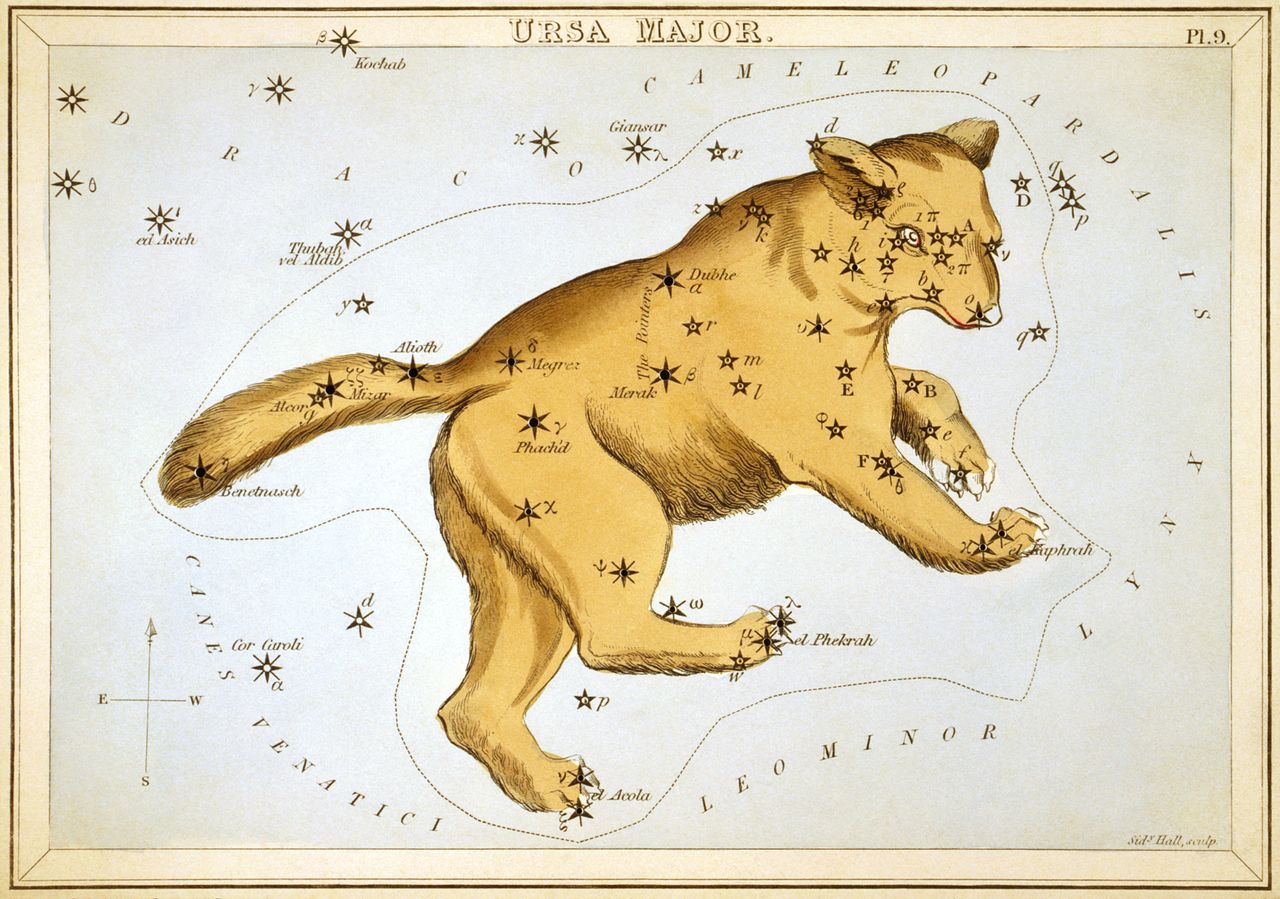
IAU Orion Starchart (Image Credit: IAU and Sky & Telescope magazine)
Star Chart of the Constellations
Orion
Sagittarius and the Teapot
Ursa Major - the Great Bear

